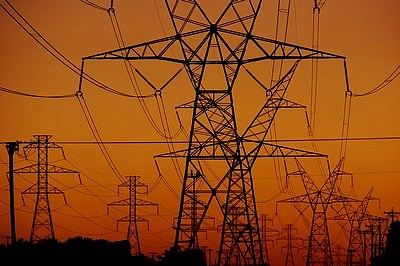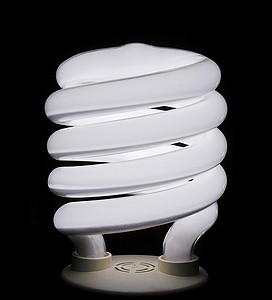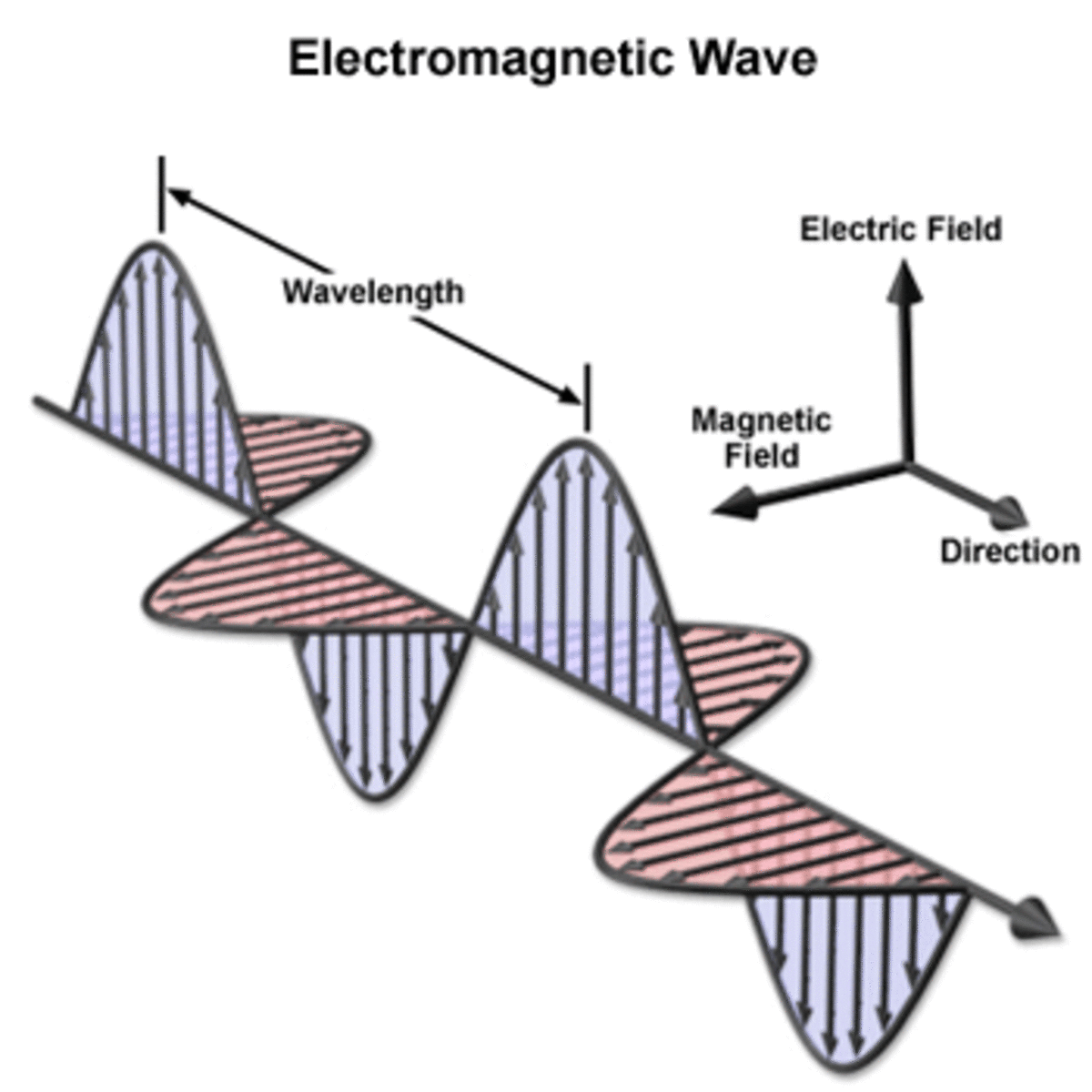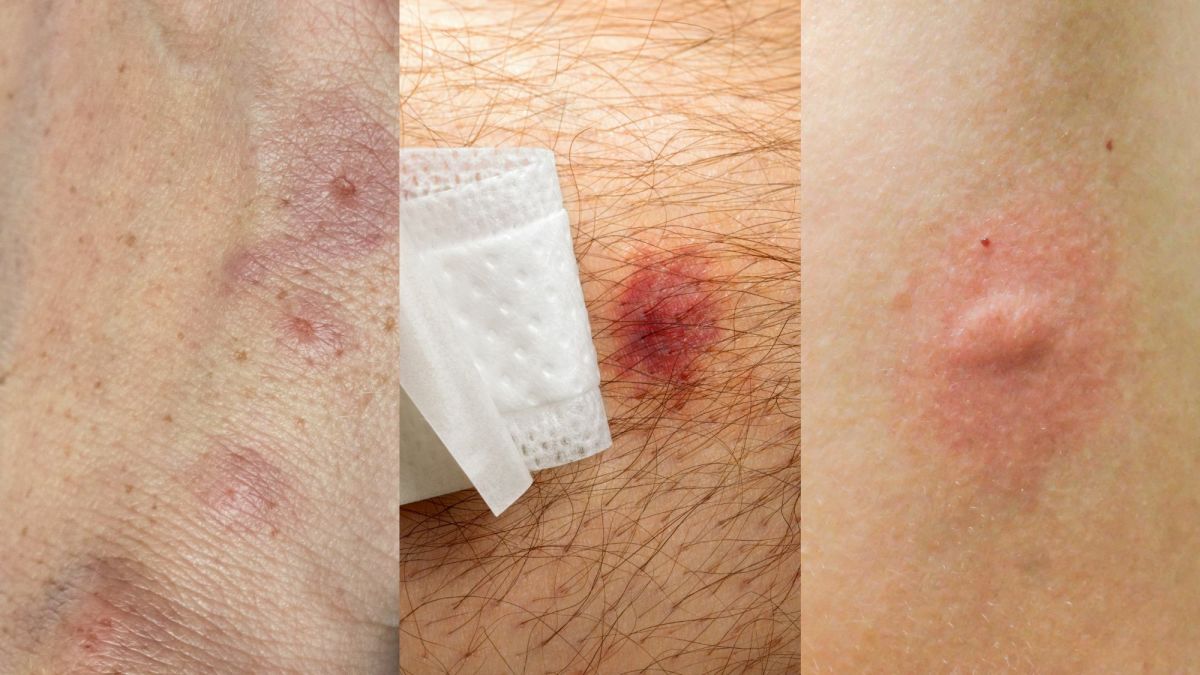How to Protect Your Health from Electronic Pollution

Electronic pollution is not one of those the sky is falling type of worries, it is real and it can affect our health, especially in certain people. There are laws against second-hand smoke because it is harmful to our health, but in reality, electronic pollution could be more harmful than second-hand smoke.
So why are there so many laws against smoke and not electromagnetic pollution? Because we cannot see or smell electronic pollution and it doesn’t cause us to sneeze.
We all love our cell phones and our flat screen televisions and all of the electronic gadgets, but we seldom think of all electronic pollution they put out. Electronic pollution, also known as electromagnetic pollution, is caused by man-made electromagnetic fields (EMF) that radiate from electronic devices such as smart phones, cell phone towers and all of the electrical appliances around us.
How Does Electronic Pollution Affect Our Health?
Our bodies are also electrical in a sense and operate at their own wavelength. Chemical reactions in our body cause tiny electrical currents to form and are important for our health. Nerves relay signals through our body by transmitting electrical impulses back and forth. Our heart is electrically active, which doctors can trace using an electrocardiogram. Important chemical and electrical reactions in our body control everything from digestion to the functioning of the brain.
The effects of electromagnetic fields around us have a small impact on our body’s own electrical field. Electromagnetic fields emit radio waves that pass through us. There are electromagnetic fields around power lines, high tension lines, cell phone towers, cell phones, your microwave, the alarm clock and even your refrigerator.
We were never overly concerned about this in the past, but as more studies have been done because of the abundance of cell phones, it has now become a concern. The main concern is how these electromagnetic waves interact with our human body. Heating is one of the main concerns of an electromagnetic field, which is how radio waves in a microwave heat food. Another big concern is how EMF affects our DNA.
It is now believed that EMF can damage human DNA, weaken cellular metabolism and disrupt ionic conductances. According to Dr. Andrew Weil, electromagnetic pollution is possibly the most significant form of pollution humans are producing in this century.

Common Sources of Electromagnetic Pollution
There are two common types of man-made EMF that we are exposed to every day, radio frequency (RF) also referred to as high frequency fields and extremely low frequency (ELF). An example of ELF devices include wireless devices like cell phones, cell towers and cordless phones while ELF devices are those that are plugged into any wall outlet like appliances and the source of this power, as in power lines.
Power lines and cell phones are two of the most widely known sources of electromagnetic pollution, but there are many others. Fluorescent light bulbs are another common cause of EMF, but they used to be exclusive to places like office buildings. Today, every home has many of these fluorescent light bulbs in the form of compact fluorescent light bulbs.
The common sources of electromagnetic pollution (ELF and RF) we are all exposed to on a daily basis include:
- Computers and monitors
- Electric blankets
- Cell phones and cordless phones
- Smart meters on appliances and your utility box
- Baby monitors
- Video game stations
- Wireless internet and routers
- Microwave ovens
- Wall chargers
- Electric appliances
- Power lines
- Televisions and radios

Health Problems from Electromagnetic Pollution
Whether or not man-made electromagnetic pollution causes health issues is still up for debate. Some studies do find an association between EMF and several types of cancers while other studies find no links. A working group of experts put together by the National Institute of Environmental Health Sciences (NIEHS) voted to designate extremely low frequency EMF as a possible carcinogen.
In 2005, the World Health Organization recognized that Electromagnetic Hypersensitivity (EHS), an allergic-like reaction to EMF, is a growing worldwide concern. The symptoms of EHS include trouble concentrating, fatigue, nausea, dizziness, heart palpitations and digestive problems.
Electromagnetic fields are measured in units of Gauss (G) or milligauss (mG). A properly wired home emits 0.5 – 0.9mG, and the safety standard is 1mG. Studies found that women exposed to 20mG overnight had higher levels of estrogen and the same study found that men had lower levels of testosterone.
A 2001 study conducted by Dr. DeKun Li, found that woman who were exposed to 16mG or more, had an 80% higher rate of miscarriages than woman who had less exposure to EMF [1].
Other health issues with possible links to electromagnetic pollution include:
- Leukemia in both children and adults
- Brain tumors
- Alzheimer’s disease
- Changes in the nervous system
- Lowered immune system
- DNA damage
- Changes in brain functions
- A reduction in the levels of melatonin
- Heart problems
If those health problems weren’t enough, those that are sensitive to EMF also have problems with insomnia, headaches, brain fog, ringing ears (tinnitus), rashes, mood disorders and chronic fatigue syndrome.
Fibromyalgia and Electronic Pollution
People that have fibromyalgia are still at a loss as to what causes this condition and most doctors are unable to pinpoint the cause. This leads to taking over-the-counter pain pills and in some cause prescription medications, which can lead to unpleasant side effects.
More people that suffer from fibromyalgia are connecting electromagnetic pollution or electromagnetic radiation to their fibromyalgia and pain. This is known as having an electrosensitivity. And as more and more RF and electromagnetic pollution is put in the air, more and more people seem to be suffering from this condition.
Many of the symptoms of fibromyalgia sound exactly like the symptoms of electrosensitivity. Symptoms that include brain fog, pain, aches and pain, chronic fatigue, insomnia, allergies, digestive problems and more.
If you are at a loss for the cause behind these symptoms and your fibromyalgia, you might consider looking around your environment and using the suggestions in this article to reduce as much as possible your exposure to electromagnetic pollution.
How to Protect Yourself from Electronic Pollution
Electronic pollution is all around us every day as we are practically bathed in electromagnetic fields from one source or another. You can buy an EMF meter and find out exactly what your exposure is in all parts of your home before and after you make improvements.
An EMF meter like the Trifield 100XE EMF meter is an excellent and accurate tool that allows you to measure magnetic, electric and radio/microwave levels in your home or anywhere you need to know what the EMF readings are. They are also great to take with you if you are looking to buy a new home.
Taking steps to keep EMF out of the bedroom is the most important. Electronic pollution can wreak havoc on getting a good night sleep since EMF can interfere with normal brain waves. It is also important to limit and reduce electronic pollution in your children’s rooms. The following simple steps can reduce your exposure to the EMF in your homes.
- Turn off your wifi at night.
- Turn your cell phone to airplane mode or turn it off at night. If it must be on, keep it as far away as possible from the bed.
- A battery powered alarm clock is better to use than an electric clock.
- Walk barefoot outside occasionally as this actually grounds your body to the earth ground.
- Try not to use compact fluorescent light bulbs.
- Do not sleep under an electric blanket. You can warm the bed with it, but unplug it before getting into bed.
- Have your wifi router in the least used corner of your home.
- Keep the cordless phone base as far away as possible from your main living area and bedroom.
- Unplug appliances when they are not in use.
EMF drops off quickly as you move away from the source. These simple steps can reduce your daily exposure to electronic pollution.

Products to Reduce Electronic Pollution
There are a number of products on the market that can reduce your exposure to electromagnetic fields. The Stetzerizer filter was designed by Dr. Martin Graham, Professor Emeritus at the Electronics Research Laboratory at the University of California, Berkeley.
The Stetzerizer filter is a high frequency suppressor that just plugs into any electrical outlet. The filter will measurably reduce EMF by draining it out of the home wiring system. It is recommended that several of these be places throughout the home or office.
I have used these filters in my home and they have reduced the EMF a great deal as measured using the above EMF meter.
Other products to reduce EMF pollution include:
- Negative ion generators. Some people find that a negative ion generator will make them feel better, and there is evidence that negative ions can promote health and a good feeling.
- Use an earthing mat. These go on the bed and you use them while you sleep, they also make earthing sheets.
- The Aulterra EMF Neutralizer can reduce EMF on computers and cells phones.

Electronic Pollution Conclusion
It has become apparent that the subject of electromagnetic and electronic pollution is a polarizing subject, much like global warming. There are many studies that have found no conclusive evidence that electronic pollution is harmful to our health and there are plenty of studies that show it is harmful to our health.
Electronics and especially cell phones are big business and many of the large corporations fund these studies. If you believe that you are sensitive to EMF pollution or that it is causing you to feel bad or a reason for your health problems, then you should look into these solutions to reduce electronic pollution in your life. As Benjamin Franklin once said, “An ounce of prevention is worth a pound of cure.”
Sources
[1] Li DK, Odouli R, Wi S, et al. A population-based prospective cohort study of personal exposure to magnetic fields during pregnancy and the risk of miscarriage. Epidemiology 2002;13:9–20.
© 2015 Sam Montana








